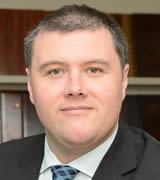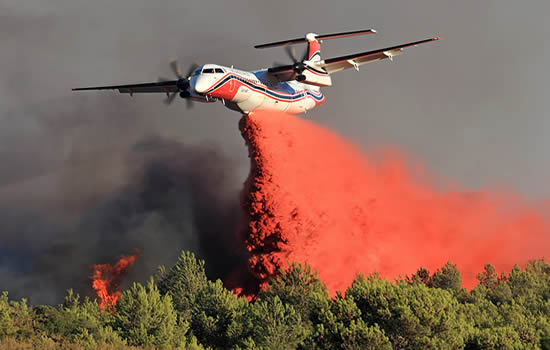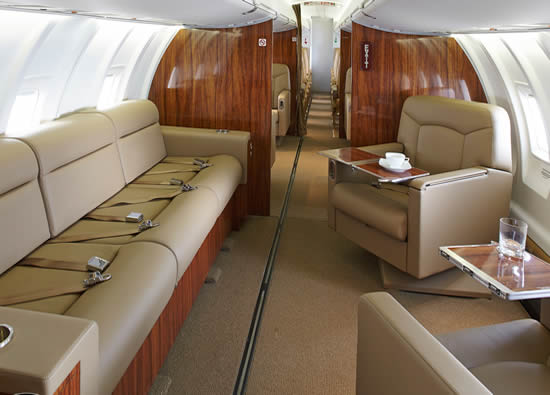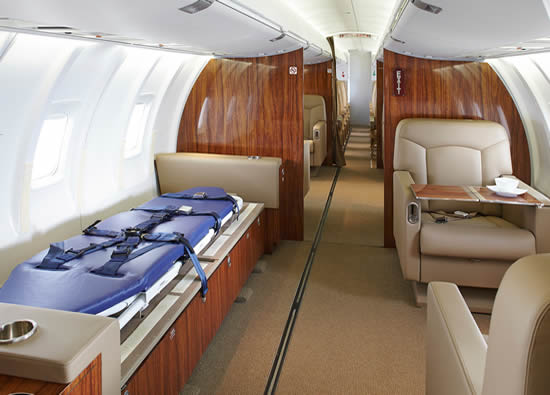| |
 |

Sean Gillespie,
Executive VP, Flying Colours Corp. |
|
|
|
What’s so special about special missions? |
|
|
|
|
 |
ast
year the team at Conair, the Canadian aerial fire-fighting experts, asked us to
work with them to develop four different interiors, for six brand new Bombardier
Q400M aircraft. |
On completion each fuselage will have the
capability to change from passenger to cargo to medevac to mixed-use to
fire-fighting configuration within hours.
This has never been done before, this is a
first for any completion center in the world. It requires extensive engineering
planning, design power, and creativity. It will require exact precision of
installation to ensure durability and reliability. It will require certification
at every step of the way. And then it will require maintenance. The end user
will be delivered six aircraft, whose chameleon natures will ensure maximized
operational capacity. This is what we call special mission, or is it?
To be honest, each time we are asked to
customize an aircraft interior it could be classified as special mission,
especially by the customer. It is their bespoke project delivering an individual
vision. In theory no two cabins are the same. Everything is customized,
everything is special.
 |
|
Flying Colours will give the Q400 a further
four mission options in addition to fire fighting. |
A helicopter with a shower, one of the first
jets to incorporate a predominantly carbon fiber interior, and a bidet in a
bathroom are just some of the executive demands we’ve met. However, there is a
distinct difference between design engineering a special mission interior and an
executive jet. Executive aircraft have been completed, and certified, to a
standard range, speed, passenger number, flight deck, cabin environment, and
physical layout. Certification for the monuments, technology, materials,
leathers, cabin and cockpit avionics, metals, lighting, air systems, probably
already exist, design elements are the principal differentiators.
When it comes to the special mission aircraft
the original airframe will be leveraged to perform above and beyond the original
spec. The platform will be altered and adapted for a one-of-a-kind role. The
pre-existing STCs will be few and far between and the criteria will result in a
highly specified aircraft which has undergone changes relating to space, range,
onboard equipment, payload, reliability, and robustness. As with any special
adaptation, just as in evolution, the aircraft will invariably end up performing
tasks that were not in its original DNA, but which it is now perfectly designed
to execute.
Surveillance, information gathering, medevac,
border patrol, security monitoring, are just some of the purposes special
mission aircraft serve. Over the last five years we’ve redelivered military
monitoring interiors for an Asian client, security monitoring interiors for a
Middle Eastern aircraft, and bespoke medevac aircraft across the world. Other
international projects are so sensitive we cannot give details but needless to
say they were intricate, complicated, and detail levels were off the scale.
 |
|
Flying Colours' CRJ200 Quick Change Settee. |
 |
Creating a practical, functional area, for a
very meaningful task, requires an intelligent approach, ingenuity and
imagination. We have to consider the space, weight and needs of passengers.
Access and egress are key considerations, particularly in medevac situations, we
don’t want clinicians to be maneuvering a critically ill patient round a maze of
obstacles, nor do we want a surveillance coordinator to sit uncomfortably for
hours on end. We need to install all the equipment safely and securely yet
ensure it can be maximized to perform its specified task in the air. The final
design and completion will depend on the aircraft’s operating environment.
Extreme temperatures, long range flying, low and high performance, the use of
unpaved runways, will all make a difference to the final configuration.
The innate complexity of these projects means
that invariably they necessitate collaboration with a variety of organisations.
Sometimes we work through a third party who deals direct with the end customer,
whilst other times we handle the client directly. At the same time, we have to
coordinate with specialist equipment providers to ensure expected requirements
are met. Equipment will often incorporate materials, electrical components and
specific tools not meant for aviation use. Extensive testing is undertaken to
ensure secure and safe installation in the cabin.
As each project goes through completion we
coordinate with the regulatory authorities to generate the accompanying STCs,
that authorize the varying and specialist components for use in aviation. This
can be an extremely complex process which benefits from experience. The work can
sometimes involve national CAAs who have to give their stamp of approval too.
Once delivered and airborne these aircraft
will require maintenance just like any other and having created the interior, we
have a very good understanding of what needs review. This invariably reduces
downtime of these valuable machines. To complete these tasks takes high levels
of technical expertise. Experience, talent, knowledge and ongoing training are
pre-requisites to be successful. It is rewarding, it is demanding, it is most
certainly special.
|
|
 |
|
www.flyingcolourscorp.com |
|
|
BlueSky Business Aviation News | 12th April
2018 | Issue #459 |
|
|
 |
|
|
|

